I. Introduction
Soundproofing between floors is key to creating a peaceful and comfortable living or working environment, whether that means living in an apartment building or operating an office space. Being able to limit noise transfer can greatly enhance both quality of life and productivity – in this blog post we will examine effective soundproofing techniques tailored specifically to address sound proofing between floors.

II. Understanding the Challenges
Before diving into various soundproofing methods, it’s crucial to identify all potential sources of noise which may infiltrate between floors. These may include footsteps, conversations, music, appliances or structural vibrations which may become pervasive enough to cause disturbance and discomfort for occupants at different levels in a building.
Noise between floors has far-reaching repercussions that go far beyond mere irritation; it can significantly deteriorate quality of life by disrupting sleep, stressing you out and decreasing concentration levels. Furthermore, excessive noise levels in commercial environments can impede productivity and communication; so finding effective solutions to reduce noise between floors becomes essential for productivity and smooth communication processes.
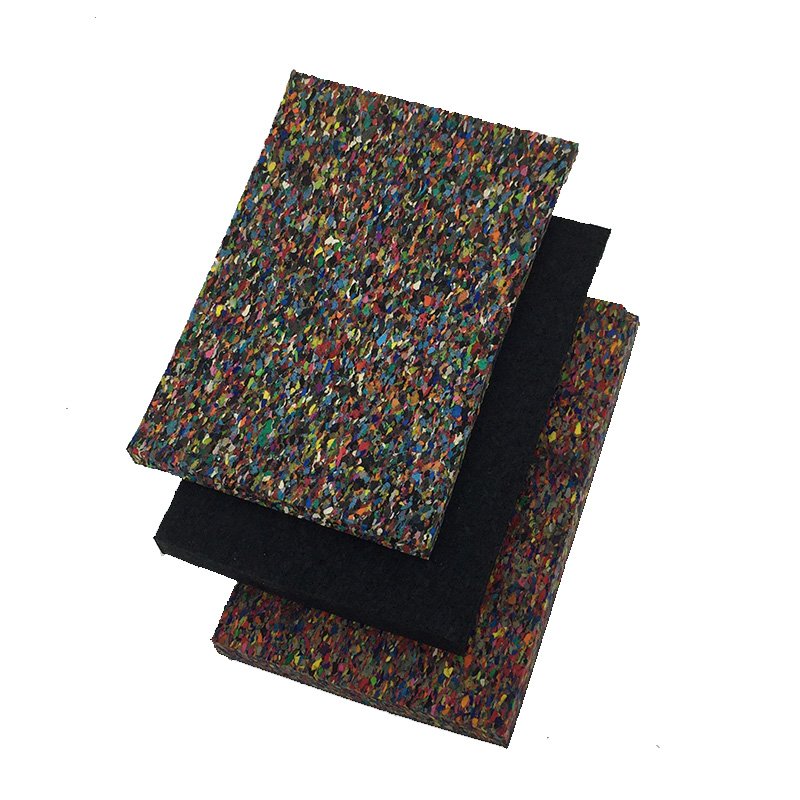
III. Assessing Your Needs for Soundproofing
Can you soundproof between floors? Before embarking on any soundproofing project, it is crucial to assess your specific needs in terms of soundproofing. This involves considering several elements which contribute to determining how much noise reduction you require.
One of the primary factors to keep in mind when floor soundproofing is to evaluate its structure and materials, such as wood, tile or concrete floors. Each type has unique sound transmission properties which will help determine which soundproofing methods and materials would best meet your needs.
Considerations should also include factors like the nature of the space (residential or commercial), noise expectations and budget availability when making subfloor soundproofing solutions that best suit your specific needs. By carefully considering all these variables, informed decisions about suitable under floor soundproofing solutions will be made.
Stay tuned for part two of this blog post where we will cover various methods and techniques of soundproofing between floors new construction that can effectively reduce noise transmission between floors.
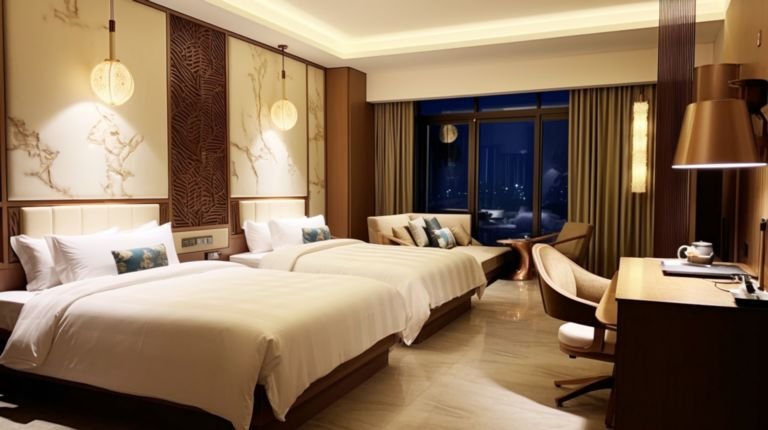
IV. Soundproofing Methods and Techniques
A. Floor Surface Soundproofing
Soundproofing in between floors can be achieved effectively through several techniques that focus on addressing the floor itself, with various options that can significantly decrease noise transmission.
1. Utilizing Mass Loaded Vinyl (MLV)
Mass Loaded Vinyl (MLV) is an effective solution for soundproof between floors. Made up of dense yet flexible material that effectively blocks sound waves from passing through, MLV acts as an acoustic barrier, decreasing transference of noise and vibrations across floors.
MLV offers many advantages for underfloor soundproofing purposes, from its easy installation process and direct application directly to the floor surface, to being versatile enough for use with various flooring materials such as wood, tile or concrete floors and adding minimal weight or thickness to floors.
Installing MLV requires proper coverage and sealing in order to maximize its second floor soundproofing potential. Material should be laid out in layers, with any seams or gaps sealed tightly to avoid sound leakage; taking these factors into account will result in maximum soundproofing performance.
2. Floor Tile and Floorboard Soundproofing
One way of reducing noise between floors is to focus on soundproofing the tiles or floorboards themselves, by adding additional layers or materials that improve sound insulation.
Floor tiles may benefit from using sound-absorbing underlays such as acoustic underlayments or cork underlays to absorb noise, and reduce transmission between floors. Floorboards could use soundproofing techniques like adding mass-loaded materials or special soundproofing mats.
Each method comes with its own set of advantages and disadvantages. Acoustic underlayments for floorboard soundproofing offer great sound absorption but may add thickness to the floor surface; cork underlayment offers greater environmental sustainability but may have limited floor tile soundproofing properties; similarly adding mass-loaded materials onto floorboards may be effective but require professional installation for maximum effectiveness.
Considering the unique needs and restrictions of your space can help you identify the optimal way of wood floor soundproofing.
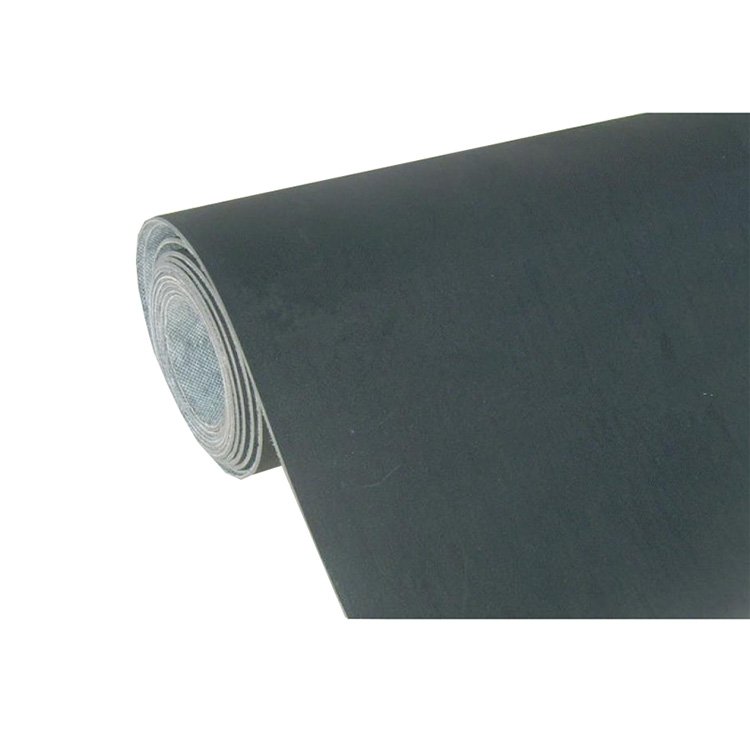
B. Subfloor Soundproofing Solutions
Subfloor soundproofing techniques can further increase the effectiveness of noise reduction between floors. This involves employing soundproofing techniques under visible floor surfaces.
1. Underfloor Soundproofing Solutions
Underfloor soundproofing involves using specialized materials and techniques to limit noise transmission through the subfloor, especially where there is access to space beneath.
Sound barrier between floors, such as acoustic insulation or resilient channel, may be installed for soundproofing floors between joists. These materials help absorb and dampen vibrations of sounds to stop them traveling between floors – it is therefore imperative that proper installation and coverage occur to achieve successful soundproofing results.
2. Soundproofing Between Joists
Subfloor soundproofing techniques that focus on soundproofing between joists can also help mitigate subfloor noise levels; this strategy can be particularly helpful when access to the space beneath the floor is restricted.
Resilient channels or acoustic insulation can help decoupling floor soundproofing, thus minimizing vibration transference between floors. By employing effective methods such as resilient channels or insulation, sound transmission between floors can be significantly decreased.

V. Additional Soundproofing Solutions
Other soundproofing methods exist that can further bolster sound deadening between floors. Let’s examine some of these solutions:
- Rubber Floor Soundproofing: Rubber floor soundproofing involves using rubber underlayment or mats beneath flooring material in order to absorb sound waves that create impact noise such as footsteps or dropped objects, thus significantly reducing impact noise levels in an environment with heavy foot traffic or impact noise issues. This method of soundproofing is especially advantageous in areas with significant foot traffic or impact noise issues.
- Floating Floors: Floating floor soundproofing offers an innovative soundproofing solution by installing an additional layer of flooring above an existing floor surface, without directly attaching to its subfloor, creating an air gap to isolate vibrations that transmit sound waves. These floating floors come in various materials such as engineered wood or laminate and have proven effective soundproofing properties.
Each additional soundproofing solution brings its own set of benefits and considerations. Wooden floor soundproofing is relatively straightforward to implement and offers excellent impact noise reduction; vinyl floor soundproofing offers effective sound insulation, making for an attractive floor material choice with greater aesthetic options.
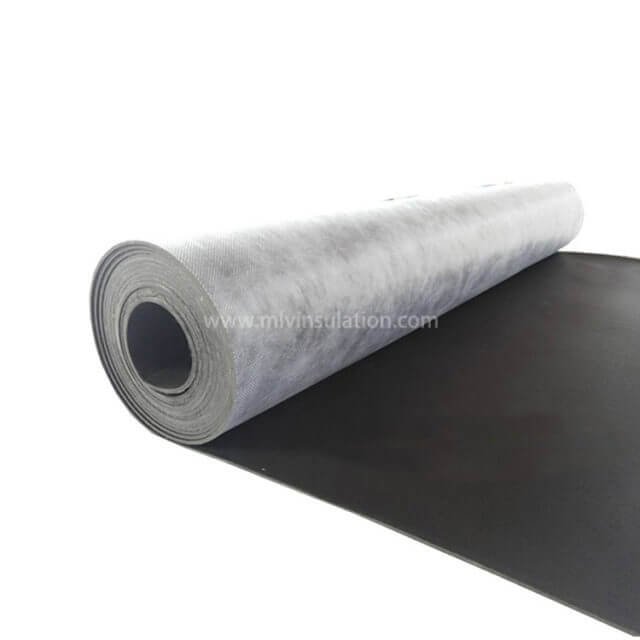
MLV Soundproofing Material | Manufacturer MLV
Soundproof MLV Sound Proofing 1x5m | MLV for Soundproofing Factory MLV Soundproofing Floor Soundproofing MLV 1x10m
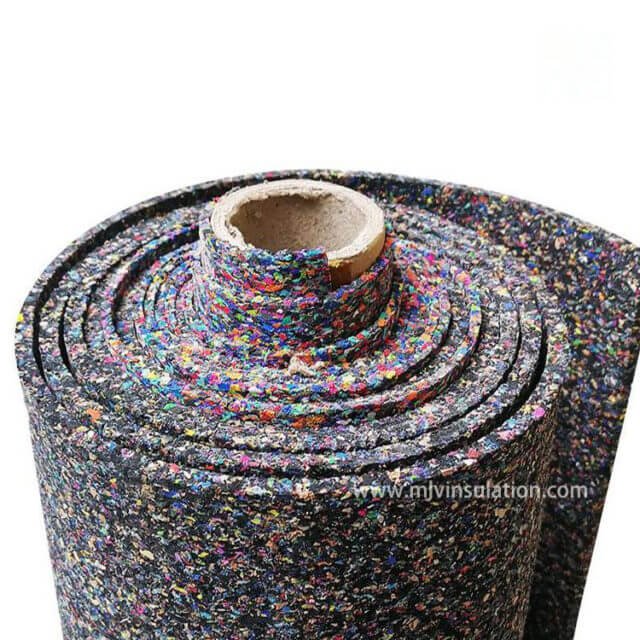
Sound Insulation Roll | Sound Proof Insulation Rolls
Mass Loaded Vinyl Cheap Sound Proof Insulation Rolls | Flexible Insulation Roll Mass-Loaded Vinyl Sound Insulation Rolls for Walls
VI. Tips for Effective Soundproofing
As choosing the appropriate materials and techniques for soundproofing between floors ceiling is of utmost importance, here are a few useful tips that may maximize the success of your floorboards soundproofing efforts:
- Proper Sealing: To minimize sound leakage in floor soundproofing solutions, ensure all gaps, seams, and cracks are securely sealed using acoustic sealants or tapes to seal around windows, doors, or electrical outlets.
- Insulation: Adequate soundproofing ceiling between floors is key to soundproofing efforts by further reducing airborne noise transmission. Consider adding mineral wool or fiberglass insulation materials such as for improved sound insulation.
- Layering: Combining multiple reducing sound between floors methods can bring greater results. For example, using mass-loaded vinyl sheets along with underlayment and insulation materials to form an effective soundproofing system.
- Addressing Impact Noise: To combat impact sound between floors, try installing thick-padded carpets or rugs into your space to absorb footsteps or dropped objects and reduce the sound produced from walking across them.
- Consider Professional Help: When undertaking complex soundproof ceiling between floors projects or are uncertain of the optimal approach, consulting with an expert soundproofing specialist can be invaluable in terms of providing guidance and achieving optimal results.
Applying these strategies will maximize the efficiency of your soundproof ceilings between floors efforts and create a calmer, peaceful environment between floors.
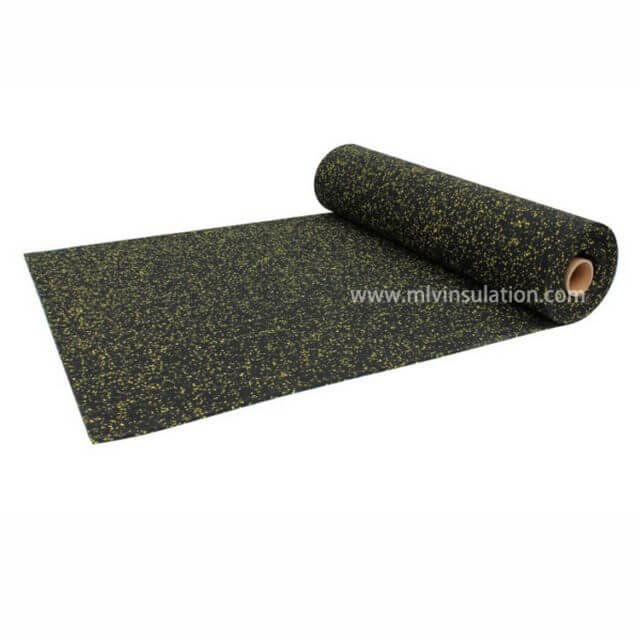
Sound Proof Floor Mat | Sound Dampening Floor Mat
Factory Sound Dampening Floor Mat 3mm Acoustic Rubber Floor Mat|Sound Proof Floor Mat Deadening Noise Dampening Floor Mat Sound Reducing Floor Mats
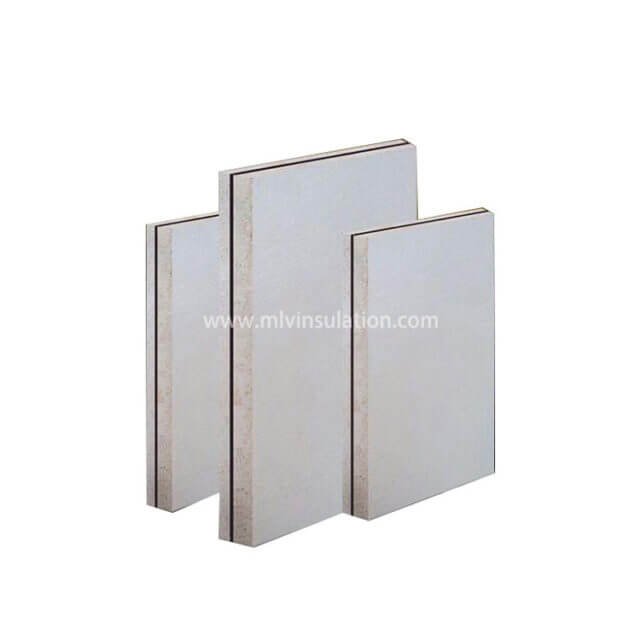
Sound Blocking Board | Soundproof Floor Boards
Soundproof Floor Boards Noise Proof Vibration Damping Board | Sound Proofing Board Sound Reduction Board 3 Layer Mgo Rubber Boards 15mm
VII. Conclusion
In this blog post, we have covered various soundproofing solutions designed to mitigate sound transfer between floors. With their implementation, you can create a more peaceful and comfortable living or working environment.
At first, we demonstrated the significance of soundproofing ceilings between floors in terms of its impact on quality of life and productivity in both residential and commercial spaces. By understanding common sources of noise and its consequences in daily life, we were able to identify the need for floor soundproofing products with specific effects.
Assessing your acoustic separation between floors needs is the first step to finding the best solutions for you and your situation. Analyzing existing floor structures and materials helps in selecting reducing airborne noise between floors techniques and materials best suited for soundproofing needs.
We then reviewed various soundproofing methods, such as floor surface soundproofing with Mass Loaded Vinyl (MLV), tile and board soundproofing techniques as well as subfloor techniques like underfloor soundproofing and soundproofing between joists. Each of these offers their own set of benefits and considerations that may help you select the most effective solution for your requirements.
Additionally, we discussed additional raised floor soundproofing solutions like rubber floor soundproofing and floating floors which can further increase sound insulation between floors.
To help maximize the effectiveness of your soundproofing floors between apartments or gym floor soundproofing efforts, we provided practical tips such as properly sealing gaps and cracks, insulation, layering different soundproofing methods, addressing impact noise mitigation strategies and consulting with professional advisors for complex projects.
Soundproofing between floors and sound proof insulation for walls are essential to creating a peaceful and relaxing atmosphere. By taking steps and employing effective soundproofing techniques and materials, noise transmission can be reduced significantly resulting in a quieter space.
Do not delay, take steps now to soundproof your ceilings between floors, and enjoy a more peaceful and enjoyable living or working space.
If you require any further assistance or have questions about soundproofing your project, don’t hesitate to reach out – our goal is to help you achieve optimal soundproofing results!










